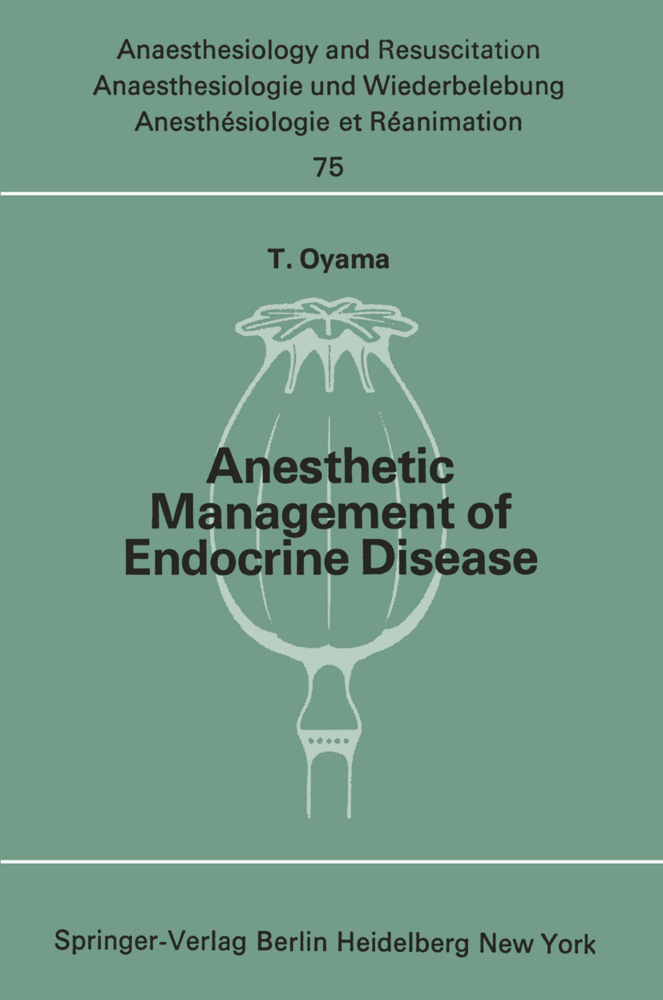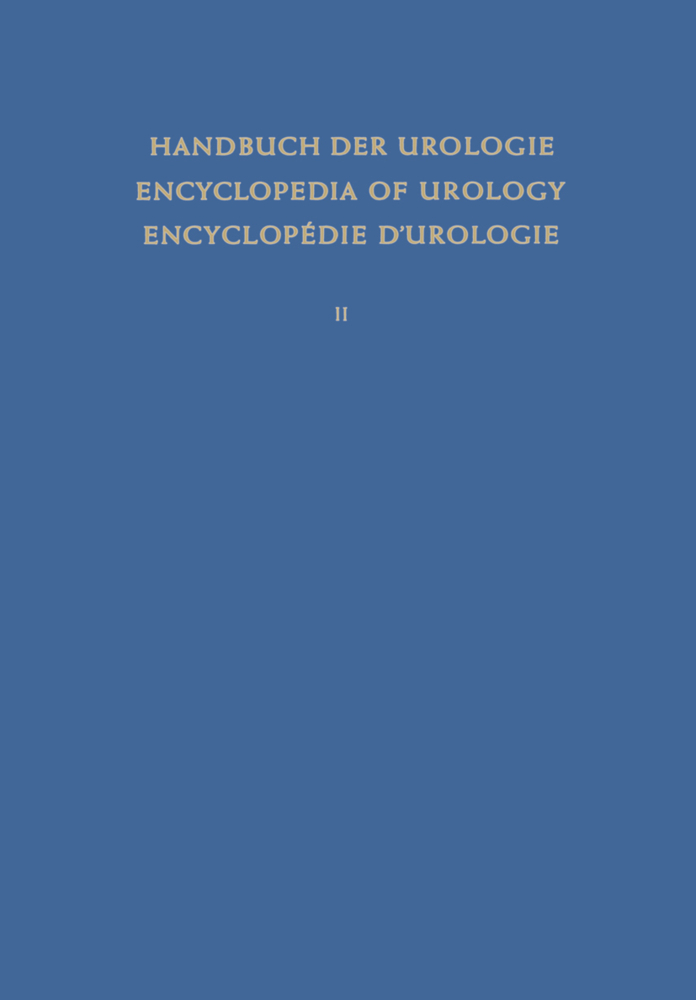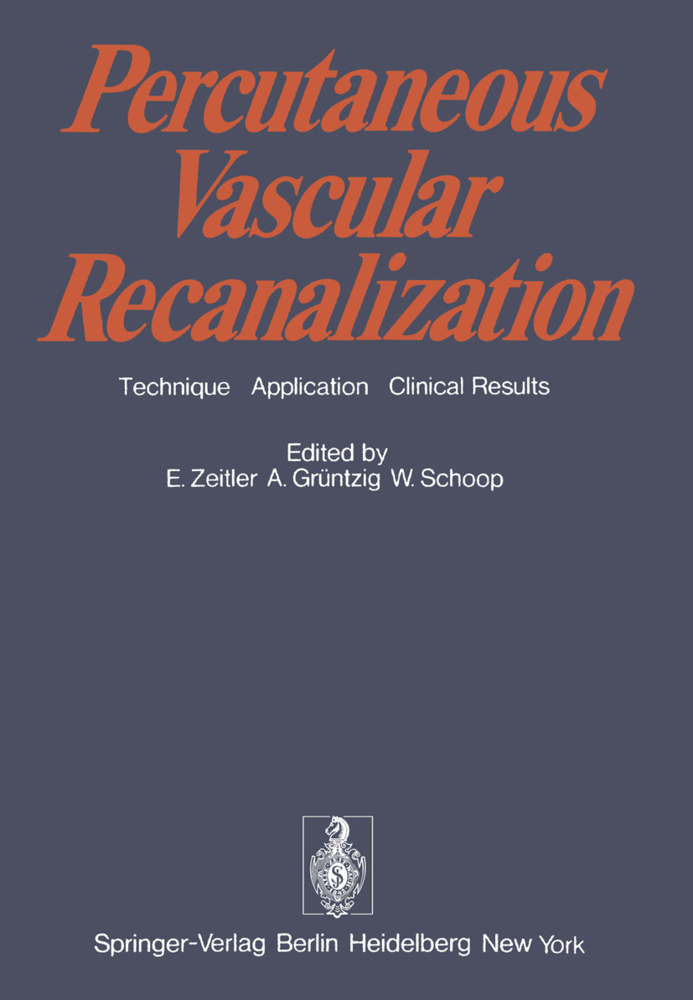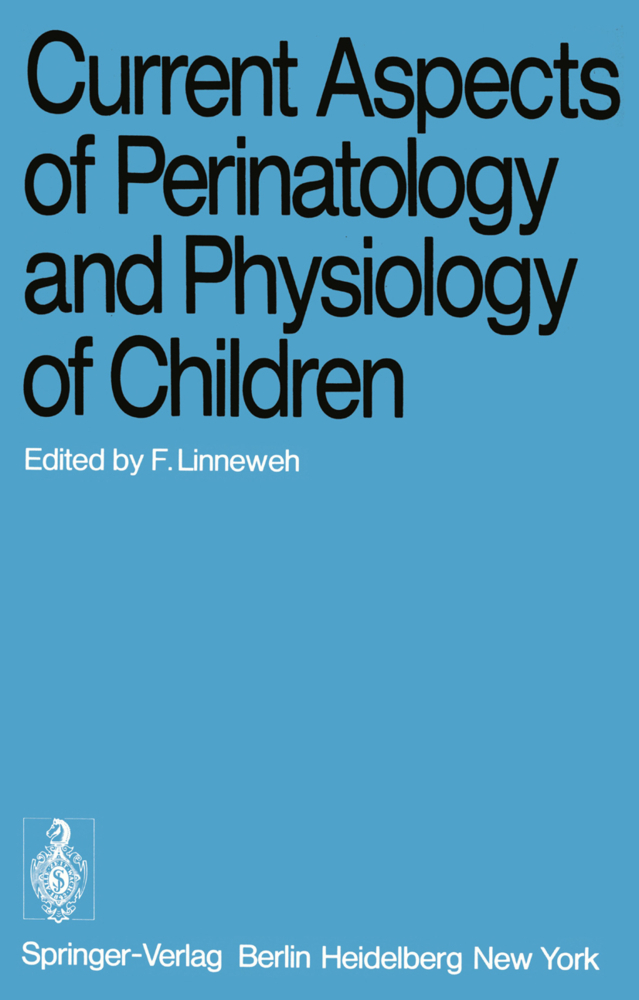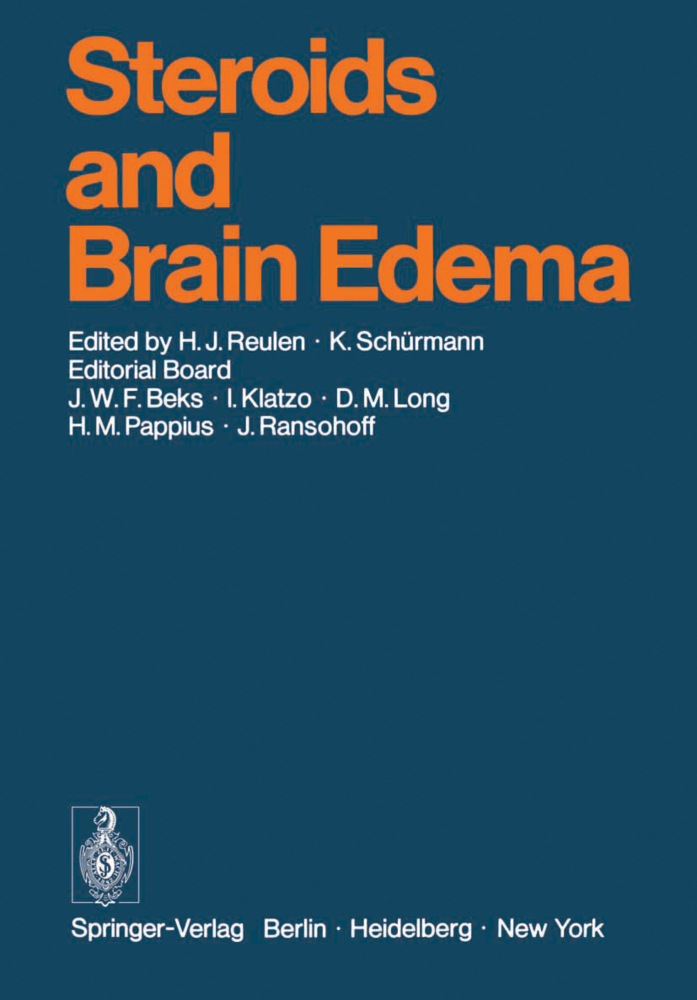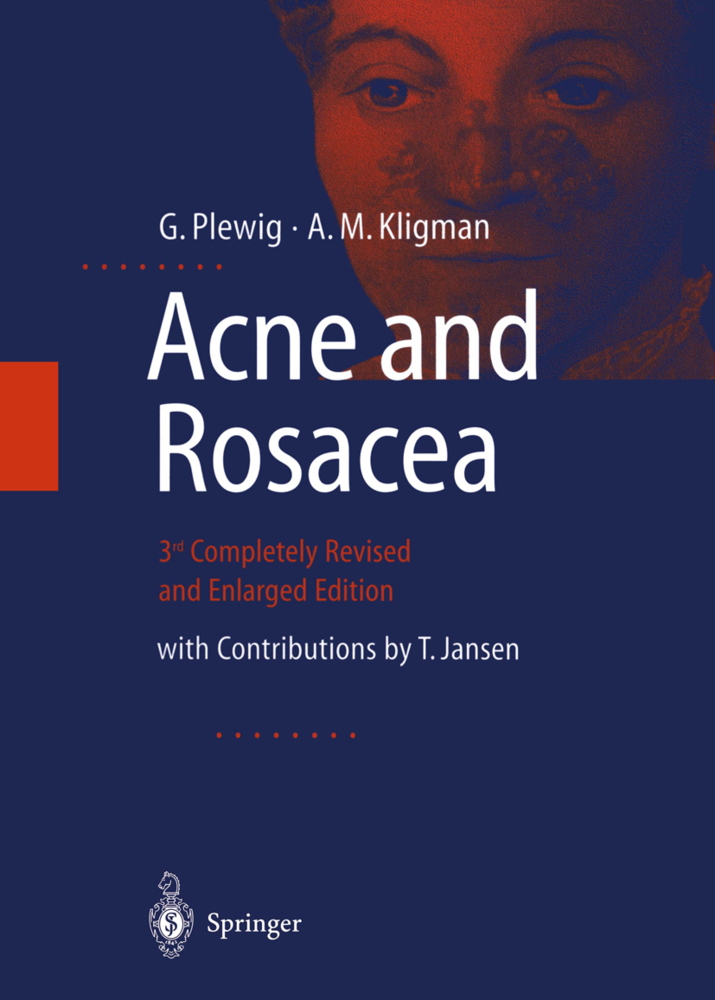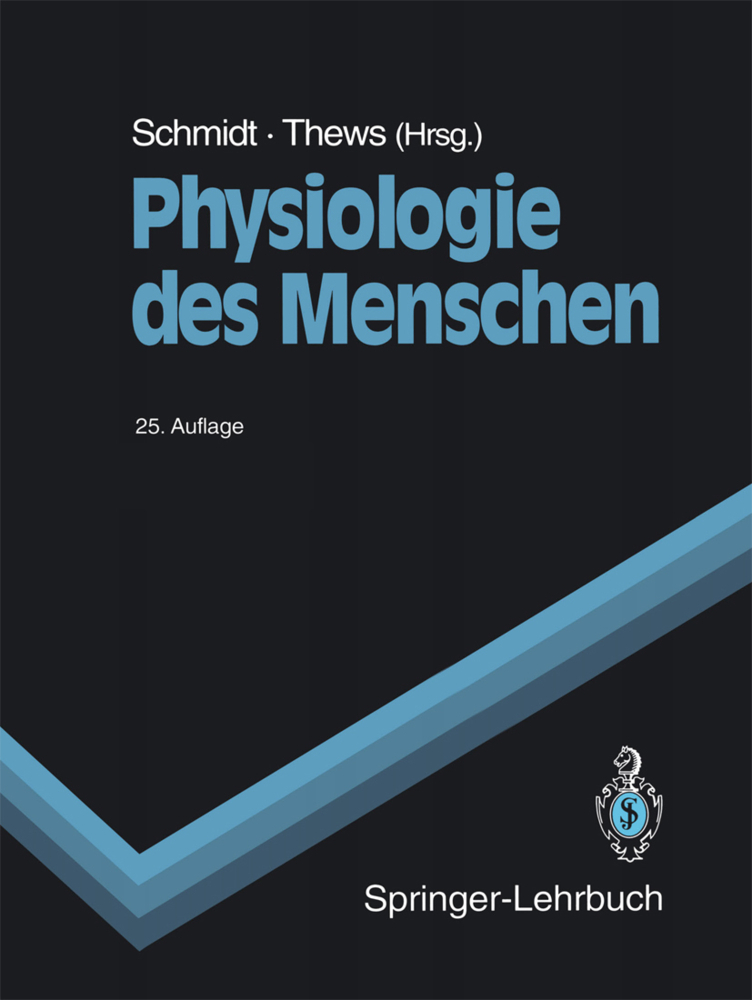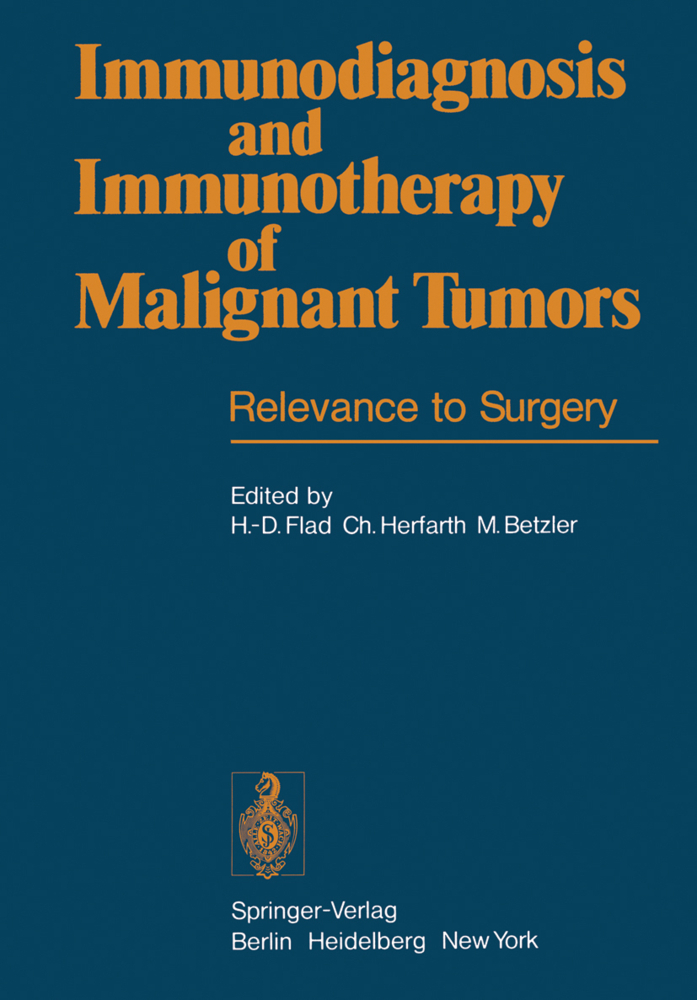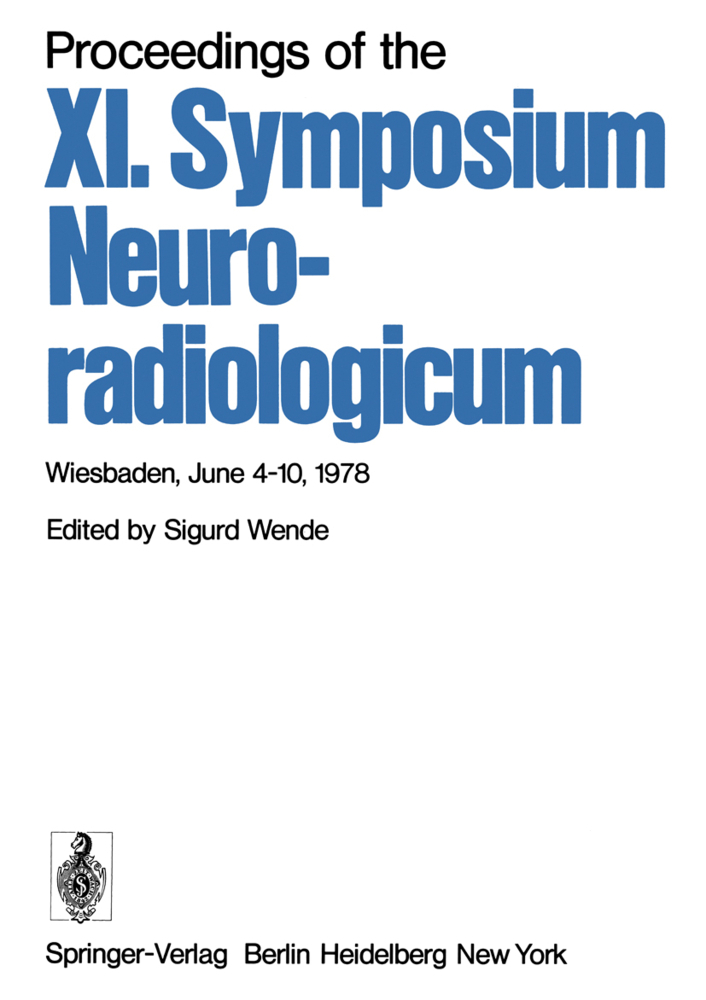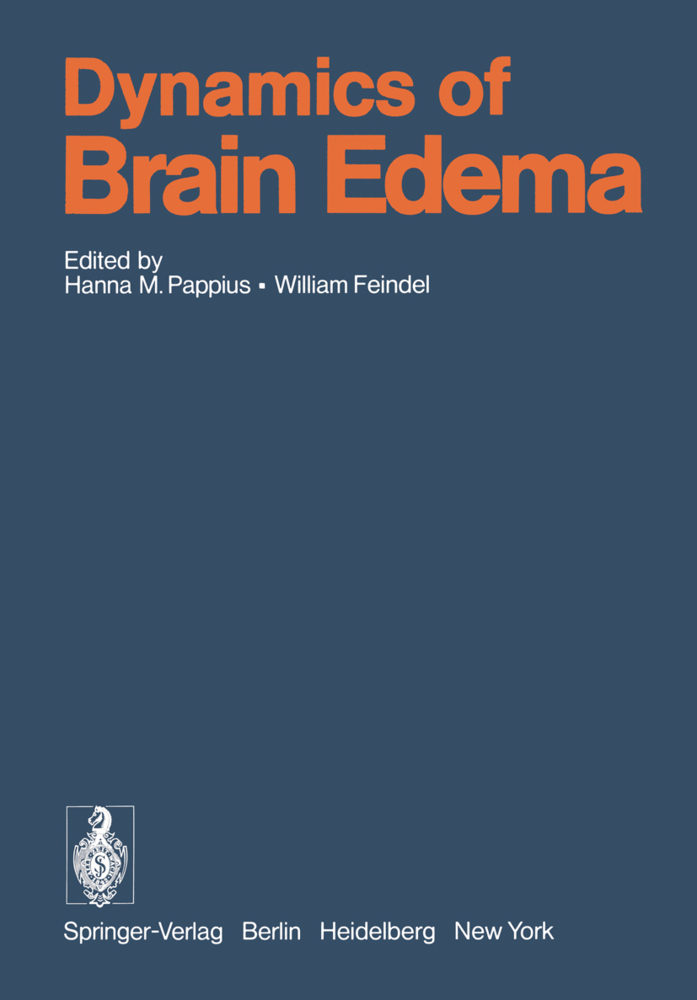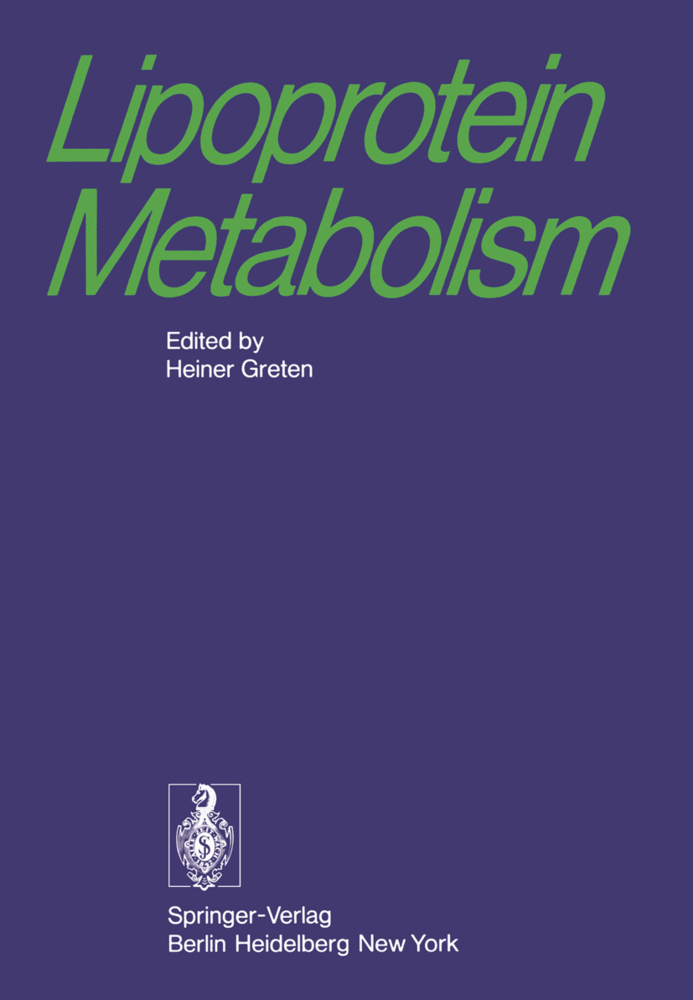Anesthetic Management of Endocrine Disease
Anesthetic Management of Endocrine Disease
Endocrinology is a rapidly developing field with many new concepts. In addition, many new hormones have been described since 1960. The structural analysis and synthesis of several intestinal hormones such as gastrin, secretin, glucagon and cholecystokinin have been achieved. Several hypothalamic hormones controlling pituitary function have been identified and in certain cases synthesized. The existence of hormonal peptides se creted from ectopic sites has been recognized. The development of new techniques of hormone assay has stimulated studies on the effects of anesthetics on the endocrine system. Although the endocrine response to anesthesia is less than its response to major surgical procedures, the effects of anesthesia on metabolism and on the autonomie nervous system are substantial. The primary purpose of this book is to increase the safety of patients undergoing anesthesia by making available the latest developments in this field. The major subjects examined in the book are endocrine responses to anesthesia and surgery, the effects of endocrine disease on anesthesia and sur gery, and pre-operative and post-operative management of patients with endocrine disease. The book is designed for students, residents and practicing physicians in the field of anesthesia and surgery. Many tables and figures are empIoyed to improve the presentation, particuIarly those relating to pharmacology and to the practical aspects of therapy.
A. Hypothalamic Functions
B. The Endocrine Hypothalamic Function
III. Pituitary
A. General Discussion
B. Physiology of Anterior Pituitary. Effects of Anesthesia and Surgery
C. Posterior Pituitary Gland (Neurohypophysis). Effect of Anesthesia and Surgery
D. Hypopituitarism and Anesthetic Management
E. Hypophysectomy and Anesthetic Management
IV. Adrenal Cortex
A. General Discussion
B. Effects of Anesthesia and Surgery on Adrenal Cortical Function
C. Adrenal Hypofunction and Anesthesia
D. Prediction of Adrenocortical Hypofunction
E. Applications of Corticosteroids to Anesthesia and Surgery
F. Effects and Significance of Anesthesia and Surgical Trauma on Postoperative Metabolism
IVI. Hyperadrenocortical States: Anesthesia for Adrenalectomy
A. Cushing's Syndrome
B. Aldosteronism
IVII. Anesthesia for Addison's Disease
V. Catecholamines
A. General Discussion
B. Catecholamine Synthesis
C. Physiologic Actions of Catecholamines
D. Cardiac Responses to Sympathetic Nervous Activity during Anesthesia
E. MAO Inhibitors and Anesthesia
F. Sympathomimetic Amines
G. Beta Blockers and Anesthesia
H. Anesthetic Management of Pheochromocytoma
VI. Thyroid
A. General Discussion
B. Effect of Anesthesia and Surgery on Thyroid Function
C. Pathophysiology of Thyroid Diseases
D. Anesthesia for Hyperthyroidism
E. Thyrotoxic Storm (Crisis)
VII. Parathyroid
A. General Discussion
B. Hyperparathyroidism
VIII. Thymus and Myasthenia Gravis
A. General Discussion
B. Pathophysiology of Myasthenia Gravis
C. Anesthesia for Myasthenic Patients
IX. Pancreas
A. Carbohydrate and Fat Metabolism
B. Effects of Anesthesia and Surgery on Carbohydrate and Fat Metabolism.-C. Anesthetic Management of Diabetes Mellitus
D. Glucagon
E. Anesthetic Management of Insulinoma
X. Testosterone
A. General Discussion
B. Effects of Anesthesia and Surgery on Testosterone.
XI. Prostaglandins
XII. Shock and Endocrinology
A. The Effect of Injury on Metabolism
B. Classification of Shock
C. Pathophysiology of Shock
D. Shock and Endocrine System
E. Treatment of Shock
XIII. References
XIV. Subject Index.
I. General Principles of Endocrinology
II. HypothalamusA. Hypothalamic Functions
B. The Endocrine Hypothalamic Function
III. Pituitary
A. General Discussion
B. Physiology of Anterior Pituitary. Effects of Anesthesia and Surgery
C. Posterior Pituitary Gland (Neurohypophysis). Effect of Anesthesia and Surgery
D. Hypopituitarism and Anesthetic Management
E. Hypophysectomy and Anesthetic Management
IV. Adrenal Cortex
A. General Discussion
B. Effects of Anesthesia and Surgery on Adrenal Cortical Function
C. Adrenal Hypofunction and Anesthesia
D. Prediction of Adrenocortical Hypofunction
E. Applications of Corticosteroids to Anesthesia and Surgery
F. Effects and Significance of Anesthesia and Surgical Trauma on Postoperative Metabolism
IVI. Hyperadrenocortical States: Anesthesia for Adrenalectomy
A. Cushing's Syndrome
B. Aldosteronism
IVII. Anesthesia for Addison's Disease
V. Catecholamines
A. General Discussion
B. Catecholamine Synthesis
C. Physiologic Actions of Catecholamines
D. Cardiac Responses to Sympathetic Nervous Activity during Anesthesia
E. MAO Inhibitors and Anesthesia
F. Sympathomimetic Amines
G. Beta Blockers and Anesthesia
H. Anesthetic Management of Pheochromocytoma
VI. Thyroid
A. General Discussion
B. Effect of Anesthesia and Surgery on Thyroid Function
C. Pathophysiology of Thyroid Diseases
D. Anesthesia for Hyperthyroidism
E. Thyrotoxic Storm (Crisis)
VII. Parathyroid
A. General Discussion
B. Hyperparathyroidism
VIII. Thymus and Myasthenia Gravis
A. General Discussion
B. Pathophysiology of Myasthenia Gravis
C. Anesthesia for Myasthenic Patients
IX. Pancreas
A. Carbohydrate and Fat Metabolism
B. Effects of Anesthesia and Surgery on Carbohydrate and Fat Metabolism.-C. Anesthetic Management of Diabetes Mellitus
D. Glucagon
E. Anesthetic Management of Insulinoma
X. Testosterone
A. General Discussion
B. Effects of Anesthesia and Surgery on Testosterone.
XI. Prostaglandins
XII. Shock and Endocrinology
A. The Effect of Injury on Metabolism
B. Classification of Shock
C. Pathophysiology of Shock
D. Shock and Endocrine System
E. Treatment of Shock
XIII. References
XIV. Subject Index.
Oyama, T.
| ISBN | 978-3-540-06181-6 |
|---|---|
| Artikelnummer | 9783540061816 |
| Medientyp | Buch |
| Copyrightjahr | 1973 |
| Verlag | Springer, Berlin |
| Umfang | X, 222 Seiten |
| Abbildungen | X, 222 p. 1 illus. |
| Sprache | Englisch |

